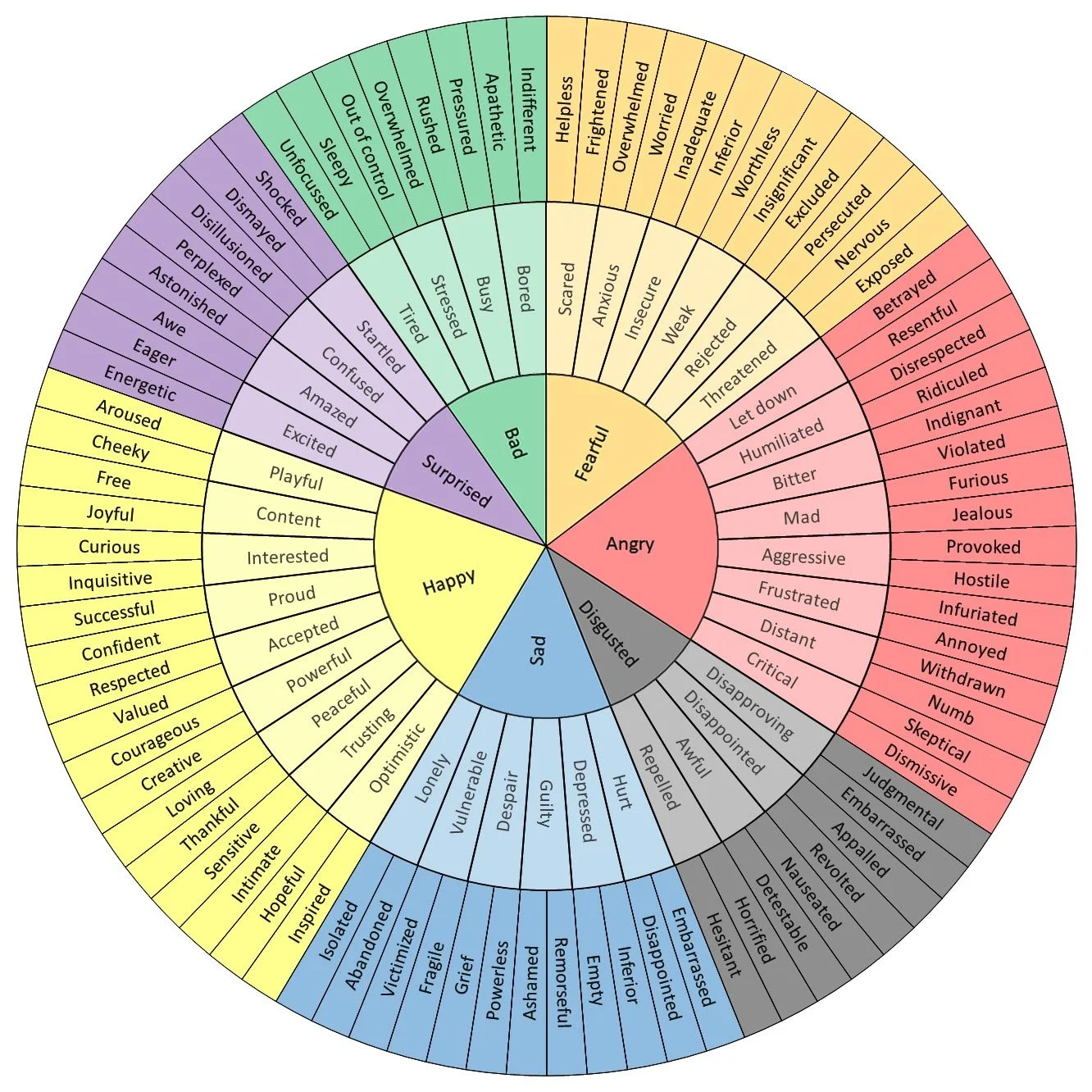The Wheel of Emotions: Navigating the Landscape of Feelings
The Wheel of Emotions.
Emotions are integral to the human experience, shaping how we perceive and interact with the world. Understanding and managing our emotions can significantly impact our mental health and well-being. The Wheel of Emotions is a valuable model that provides insight into the complexity of emotions, enabling us to develop emotional intelligence and cope with life's challenges. In this blog post, we'll delve into the concept of the Wheel of Emotions and discover how it can empower us to lead more emotionally aware and fulfilling lives.
What is the Wheel of Emotions? The Wheel of Emotions, also known as the Emotional Wheel or the Feelings Wheel, is a visual representation of various emotions and how they relate to one another. It was developed by psychologist Robert Plutchik, who identified eight primary emotions and organized them in a circular format. The wheel illustrates that emotions can be complex, with varying levels of intensity and blending, giving rise to myriad feelings.
Understanding the Eight Primary Emotions In this section, we will explore the eight primary emotions represented on the Wheel of Emotions:
Joy: A feeling of delight and happiness.
Trust: The confidence and reliance on oneself and others.
Fear: The emotion associated with perceived threats and danger.
Surprise: The reaction to unexpected events or stimuli.
Sadness: The feeling of sorrow and loss.
Disgust: The aversion to unpleasant experiences or things.
Anger: The response to perceived injustice or frustration.
Anticipation: The excitement and eagerness for future events.
The Complexity of Emotions Emotions are not isolated entities; they often blend and interact with each other. The Wheel of Emotions highlights the intricate nature of our feelings, as secondary emotions emerge from the combination of primary emotions. For example, anticipation and joy can lead to excitement, while fear and sadness may result in anxiety. Understanding these emotional complexities can help us better articulate and process what we're experiencing.
The Importance of Emotional Awareness Emotional awareness is the foundation of emotional intelligence. By familiarizing ourselves with the Wheel of Emotions, we become more adept at accurately recognizing and labelling our feelings. This heightened emotional awareness allows us to respond to situations more thoughtfully, make better decisions, and improve our relationships with others.
Applying the Wheel of Emotions in Daily Life Here are some practical ways to use the Wheel of Emotions in your daily life:
Self-Reflection: Take moments to pause and identify the emotions you are experiencing. Consult the Wheel to understand the complexities behind your feelings.
Emotional Regulation: Use the Wheel to recognize triggers and navigate challenging emotions. Practice mindfulness and grounding techniques to manage intense feelings.
Communication: Improve communication by expressing your emotions more precisely. Share the nuances of your feelings instead of using vague terms like "good" or "bad."
The Wheel of Emotions serves as a valuable guide in understanding the intricate landscape of our feelings. By embracing emotional awareness and using the Wheel as a tool for self-discovery, we can develop emotional intelligence, enhance our relationships, and cultivate a deeper connection with ourselves. Emotions are a profound aspect of being human, and through the Wheel of Emotions, we can unlock the transformative power of our feelings and lead more fulfilled lives.


